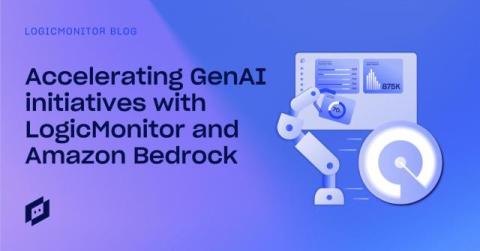Notifications feature deep dive
In this blog, I wanted to take a deep-dive into our Notifications feature and explain some of the product design decisions we made. Notifications is one of the most frequently used features of SquaredUp. We designed this feature to be quick and easy to set up, with a primary focus on delivering timely notifications to the appropriate audience.











